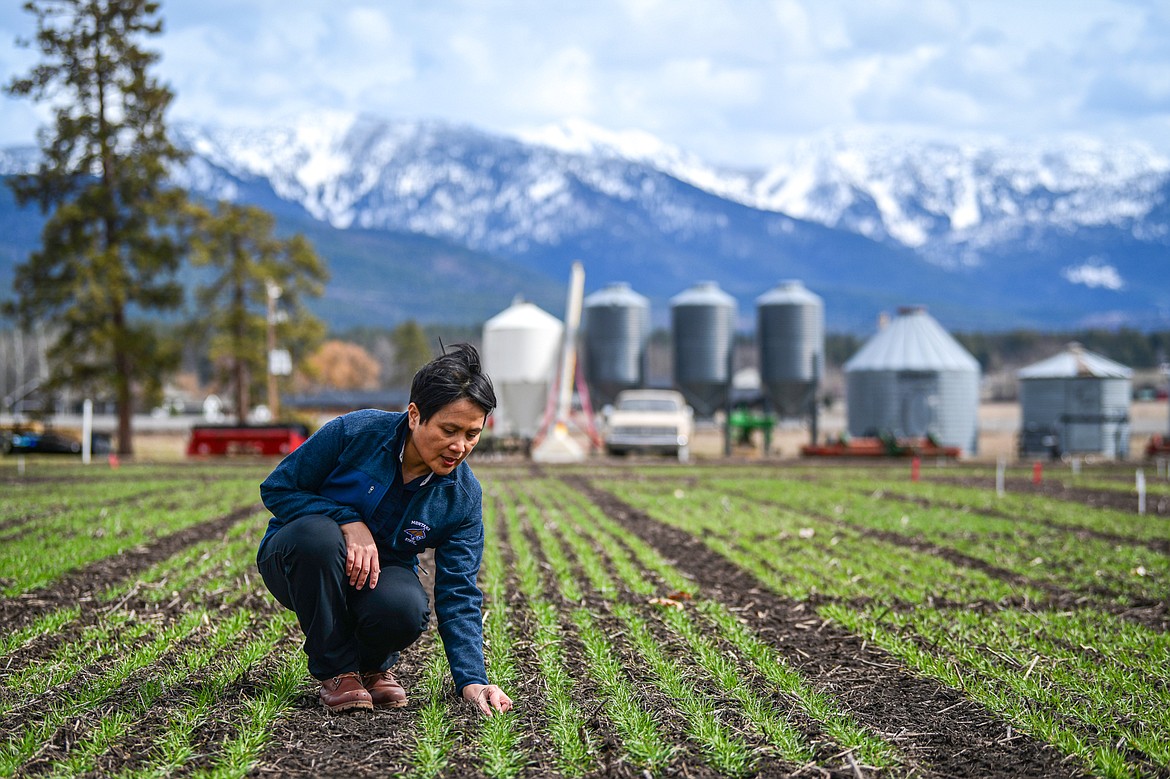Research center marks 75 years of cutting-edge crop science
Walking through a plot of winter wheat plantings just starting to push up through the dark soil in Creston, Jessica Torrion sees the results of decades of hard work and research.
All over the property at the Northwest Agricultural Research Center, high tech research equipment mingles with decades old farming implements.
“At first we were using shovels, using animals,” said Torrion, who serves as the center’s superintendent. “You can see that in our 1949 field day. But nowadays, we have this very advanced equipment attached to a GPS that’s very precise, and we’ve come a long way.”
Support Local News
You have read all of your free articles this month. Select a plan below to start your subscription today.
Already a subscriber? Login
Daily Inter Lake - everything
Print delivery, e-edition and unlimited website access
- $26.24 per month
Daily Inter Lake - unlimited website access
- $9.95 per month









